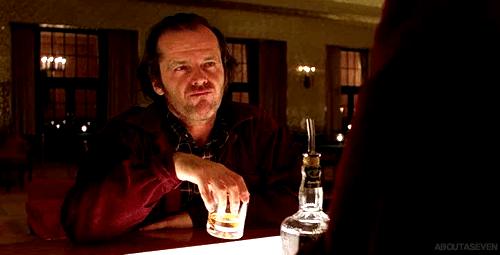‘We don’t eat, we don’t sleep, we don’t stop.’ –Blacky II
Just across the river from Detroit, Lakeshore is where barrels of Canadian Club whiskey age in blocky, windowless warehouses. Scott, who had recently completed his PhD in mycology at the University of Toronto, had launched a business called Sporometrics. Run out of his apartment, it was a sort of consulting detective agency for companies that needed help dealing with weird fungal infestations. The first call he got after putting up his website was from a director of research at Hiram Walker Distillery named David Doyle.
Doyle had a problem. In the neighborhood surrounding his Lakeshore warehouses, homeowners were complaining about a mysterious black mold coating their houses. And the residents, following their noses, blamed the whiskey. Doyle wanted to know what the mold was and whether it was the company’s fault. Scott headed up to Lakeshore to take a look.
When he arrived at the warehouse, the first thing he noticed (after “the beautiful, sweet, mellow smell of aging Canadian whiskey,” he says) was the black stuff. It was everywhere—on the walls of buildings, on chain-link fences, on metal street signs, as if a battalion of Dickensian chimney sweeps had careened through town. “In the back of the property, there was an old stainless steel fermenter tank,” Scott says. “It was lying on its side, and it had this fungus growing all over it. Stainless steel!” The whole point of stainless steel is that things don’t grow on it.
Standing at a black-stained fence, Doyle explained that the distillery had been trying to solve the mystery for more than a decade. Mycologists at the University of Windsor were stumped. A team from the Scotch Whisky Association’s Research Institute had taken samples and concluded it was just a thick layer of normal environmental fungi: Aspergillus, Exophiala, stuff like that. Ubiquitous and—maybe most important—in no way the distillery’s fault.
Scott shook his head. “David,” he said, “that’s not what it is. It’s something completely different.”
Leave fruit juice on its own for a few days or weeks and yeast—a type of fungus—will appear as if by magic. In one of nature’s great miracles, yeast eats sugar and excretes carbon dioxide and ethanol, the chemical that makes booze boozy. That’s fermentation.
If fermentation is a miracle of nature, then distillation is a miracle of science. Heat a fermented liquid and the lighter, more volatile chemical components—alcohols, ketones, esters, and so on—evaporate and separate from the heavier ones (like water). That vapor, cooled and condensed into a liquid, is a spirit. Do it to wine, you get brandy; beer, you get whiskey. Distill anything enough times and you get vodka. When it’s executed right, the process concentrates a remarkable array of aromatic and flavorful chemicals.






















